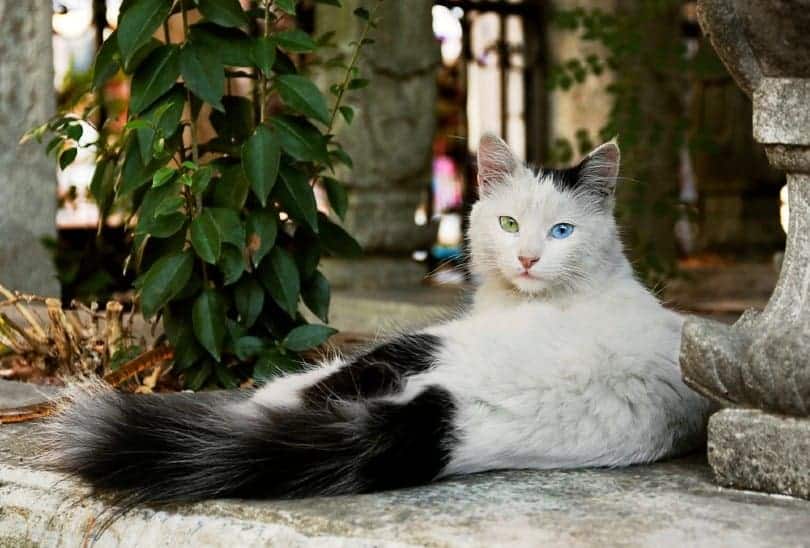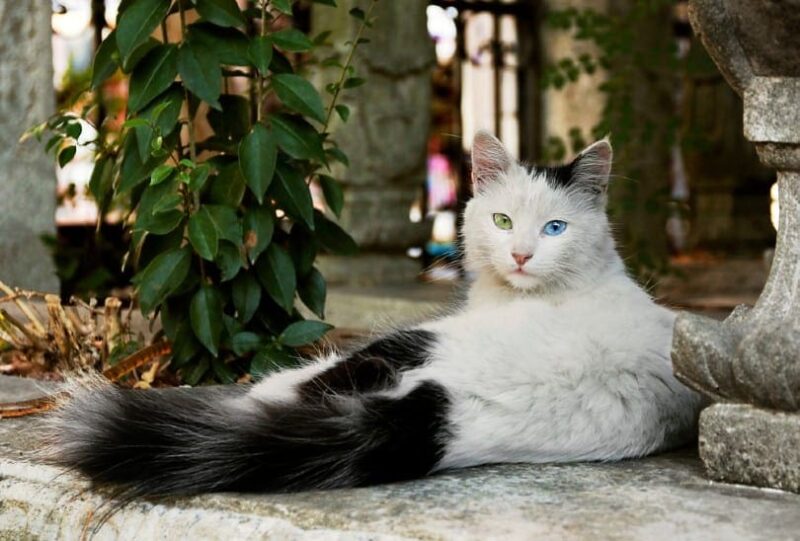The Aristocats, the classic Disney movie that stole our hearts, offers a treasure trove of pet name inspiration. Not only does it have a quirky cast of characters, but it also has a French backdrop that inspires so many ideas!
Here are some Aristocats cat names you’ll love!

How to Name Your Cat
You’ve already narrowed down that you want a name inspired by The Aristocats. The list of character names is short, so we’ve come up with some French-inspired names as well to give you more options since the movie takes place in France.
Spend some time getting to know your cat and their personality. Then, use our list of names and descriptions or meanings to find one that best suits your cat. If you need help narrowing the list down even further, ask for help from friends and family or create a poll on social media for people to vote on.
Aristocats Character Names
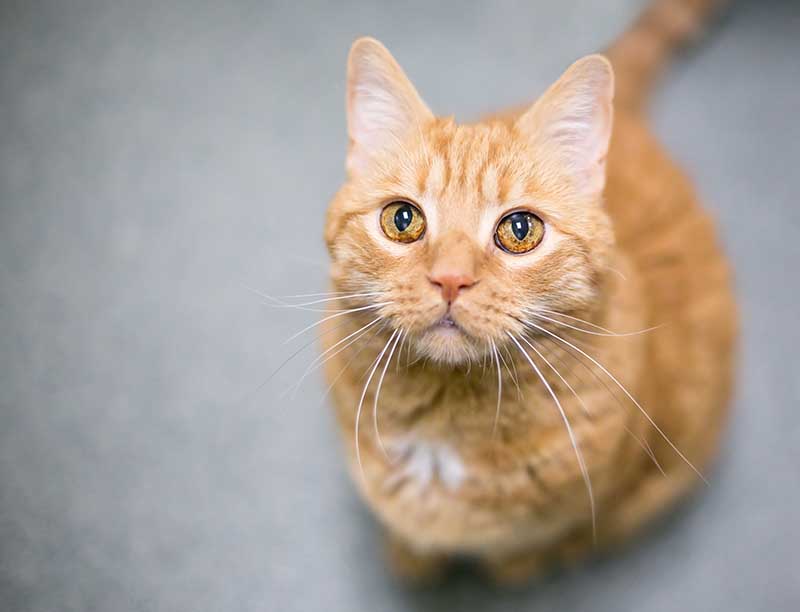
- Duchess: As the female protagonist of the movie, Duchess is Madame Adelaide’s elegant and refined cat. If your cat carries herself with an air of sophistication, Duchess could be the perfect name.
- Thomas O’Malley: Voiced by Phil Harris in the movie, Thomas O’Malley is a charismatic and friendly alley cat who helps the Aristocats on their journey back to Paris. It’s the perfect name for a sociable and adventurous feline!
- Marie: One of Duchess’s adorable kittens, Marie is known for her sweet and sassy demeanor. This name would fit a cat with a charming personality and a flair for the dramatic.
- Toulouse: Another one of Duchess’s kittens, Toulouse is a brave and energetic character. If your cat is always ready for an adventure, Toulouse might be a fitting name.
- Berlioz: The third of Duchess’s kittens, Berlioz is a sensitive soul with a talent for music. This name would be perfect for a cat with a gentle temperament and a melodious purr.
- Scat Cat: A great name for a chill, music-loving cat. Voiced by Scatman Crothers, Scat Cat is a cool and laid-back character who is best friends with Thomas O’Malley.
- Shun Gon: Shun Gon is a Siamese cat who plays the drums and piano. If your cat has a knack for making noise at all hours, Shun Gon could be a playful name choice.
- Roquefort: Voiced by the iconic actor, Sterling Holloway, Roquefort is a brave and courageous mouse who helps the Aristocats on their journey. If your cat has a fearless attitude, this name would be perfect.
- Napoleon and Lafayette: A great name choice for two cats who are always up to something! These two mischievous kittens cause plenty of trouble for the Aristocats.
Other Names Inspired by the Movie
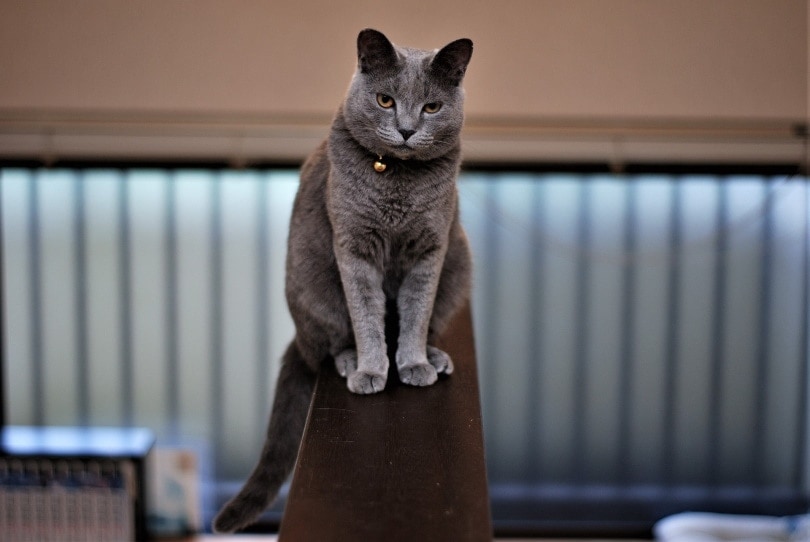
- Scales: If your cat loves to explore and is always getting into trouble, then the name Scales might be just right! This moniker calls to mind all the adventures that cats love to have in their day-to-day lives.
- Paris: The entire story of The Aristocats takes place in the romantic city of Paris. It’s a sophisticated name for a cat with a touch of elegance.
- Montmartre: This is a large hill in Paris, and it’s the location where Duchess and her kittens live in a lavish mansion with Madame Bonfamille. If your cat loves heights or has a regal aura, this name is a perfect fit.
- Bonfamille: The surname of the generous Madame, who leaves her fortune to Duchess and her kittens, could make an intriguing and elegant name for your feline.
- Jazz: The Aristocats features a lot of jazz music, and the name Jazz could be a fitting choice for a cat with a playful, lively personality.
- Rooster: Named after the rooster that wakes Napoleon and Lafayette, this name could suit a cat with a loud voice or one that likes to rise early!
- Seine: This is the famous river that flows through Paris. If your cat loves water or has a flowing, graceful gait, consider naming them Seine.
- Swing: The Aristocats features a distinctive swing jazz soundtrack, making Swing an excellent name for a cat who loves to move and dance around.
- Troubadour: A fitting name for a musical or vocal cat, inspired by the minstrel-like storytelling and singing in the film.
- Mewsic: A play on the word “music,” this name could be a fun choice for a cat that enjoys making a variety of sounds.
- Alley: In tribute to Thomas O’Malley, the charming alley cat, this name could be ideal for an adventurous, street-smart feline.
- Bebop: A nod to the jazz music in the film, this name could fit a lively cat.
- Mewsic: A play on the word “music,” this name could be a fun choice for a cat that enjoys making a variety of sounds.
- Creole: Inspired by the Creole jazz featured in the film, this name would suit a cat with a unique and vibrant personality.
- Minou: The French word for kitty, perfect for a small and affectionate cat.
- Marmalade: A cute, sweet name for a ginger cat, inspired by the orange fur of Thomas O’Malley.
- Frou-Frou: After the horse in the movie, it is a perfect name for a cat with a high-stepping gait.
- Purrce: A play on the word ‘purse’, in honor of Madame Bonfamille’s wealth.
Other French-Inspired Names
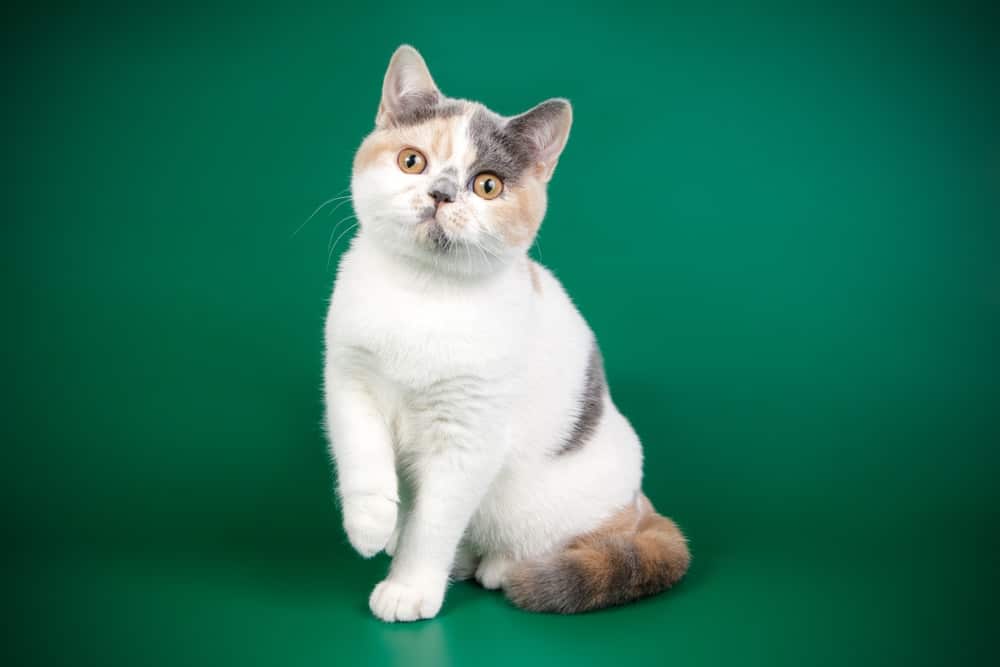
- Moulin: Named after the famous Moulin Rouge located in Montmartre.
- Eiffel: In tribute to the iconic Eiffel Tower in Paris.
- Chic: For a cat with a stylish and sophisticated nature, just like the city of Paris.
- Angelique: After the character in the film, a lovely name for a gentle, loving cat.
- Beignet: A delightful name in honor of the French beignet donuts featured in the movie.
- Bonbon: A sugary, tasty name to honor the delicious French treats in the movie.
- Gourmet: For a cat with an appetite for the finer things in life, this could be a fitting name.
- Joli: The French word for “pretty,” perfect for any beautiful pet.
- Petit: The French word for “small,” appropriate for any pint-sized kitty.
- Coquette: A charming and flirtatious name for a playful cat with an outgoing personality.
- Fleur: The French word for “flower” makes this a lovely choice for any pet that smells as sweet as a rose.
- Croquette: An irresistible and tasty name inspired by the classic French appetizer.
- Eclair: Another delicious name in honor of the traditional French pastry, ideal for any sweet-toothed pet.
- Liberté: The French word for “freedom” this could be an inspirational choice for any feline that loves to explore.
- Mimi: A cute and endearing name, taken from the popular French term of affection.
- Monique: A unique name inspired by the classic French name Monique, perfect for a kitty with a lot of personality.
- Soufflé: A light and airy name in honor of the classic French dessert, ideal for any fluffy feline.
- Vivant: The French word for “alive,” this could be an inspired choice for any particularly energetic pet.
- Coco: A fun and playful name inspired by the classic French expression coco, meaning “hello.”
- Belle: The French word for “beautiful,” a great name to honor any pet that is truly lovely inside and out.
- Perle: The French word for “pearl,” this could be a fitting choice for any precious kitty.
- Bleu: A charming and unique name inspired by the French word for “blue,” perfect for any pet with blue eyes.
- Chou: An adorable nickname meaning “cabbage” in French, ideal for any playful cat.
- Étoile: The French word for “star,” perfect for any kitty that is truly out of this world.
- Cheri(e): A popular term of endearment in France, ideal for any pet that you want to show some extra love and affection to.
- Lune: The French word for “moon,” a great name for any pet that loves to bask in the moonlight.
- Coeur: The French word for “heart,” a great name to commemorate any pet that has brought so much joy into your life.
- Joyeux: The French word for “happy,” this could be an inspired choice for any particularly cheerful kitty.
- Raisin: A fun and quirky name inspired by the classic French expression raisin d’oeil, meaning “wink.”
- Trésor: The French word for “treasure,” perfect for any pet that is truly an irreplaceable part of your life.
- Poulette: An affectionate French nickname meaning ‘”little hen” or “chick,” ideal for any fluffy furball with an endearing personality.
- Jolie: An excellent choice for any kitty that is as beautiful inside and out, inspired by the French word for “pretty.”
- Pourquoi: A unique name inspired by the French interrogative expression pourquoi meaning “why,” perfect for any inquisitive cat that loves to explore new places and learn new things.
- Mistral: A cool and classic name inspired by the strong, cold wind of the same name that blows through France. This could be a perfect choice for any pet with an adventurous spirit.
Conclusion
And there you have it: chic, charming, and absolutely “magnifique” French names for your new feline friend, inspired by The Aristocats! Remember, the perfect name for your cat is one that captures their unique personality and spirit. So, choose wisely and have fun because every cat deserves a name as special as they are!
Featured Image Credit: AyhanTuranMenekay, Shutterstock

